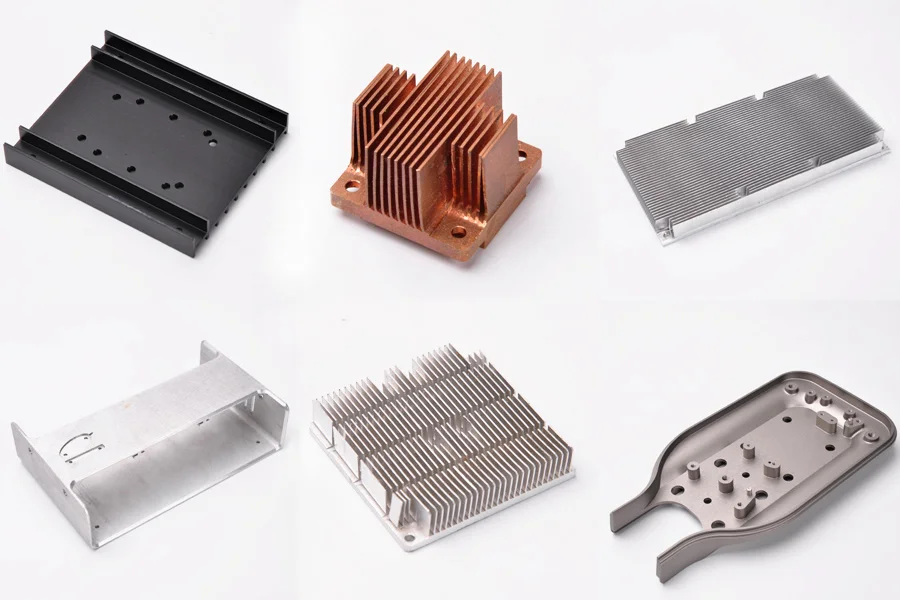Understanding Lathe Processing of PPS: A Comprehensive Guide for Manufacturers
Lathe processing of Polyphenylene Sulfide (PPS) is an essential technique in the manufacturing and machining industry, particularly for those engaged in mechanical hardware and unique forms of processing. PPS is favored for its superior thermal stability, chemical resistance, and mechanical strength, making it an ideal material for various applications, including automotive, aerospace, and electrical components. Understanding the nuances of lathe processing PPS can enhance the efficiency and quality of your manufacturing processes.
One of the significant advantages of PPS is its ability to maintain stability at elevated temperatures, which can be a critical factor during lathe processing. When utilizing lathes to machine PPS, it is vital to consider the material's properties, such as its high melting point (around 280°C) and its low coefficient of thermal expansion. These factors influence the choice of cutting tools, speeds, and feeds, ultimately impacting the finish quality of the machined components.
Selecting the right cutting tools is paramount when lathe processing PPS. Carbide tools are often recommended due to their hardness and wear resistance. The geometry of the tool, including rake angles and cutting edge designs, can also influence the outcome. A positive rake angle can reduce cutting forces and improve surface finish, while a sharp cutting edge minimizes the risk of material deformation.
Moreover, the choice of cutting speed and feed rate plays a significant role in the lathe processing of PPS. Generally, lower cutting speeds are preferred to prevent overheating, which can lead to material degradation. The feed rate should also be optimized to balance efficiency and the quality of the machined surface. These parameters need to be tested and adjusted based on the specific lathe and tooling setup.
Another critical aspect of lathe processing PPS is the cooling method. Due to its thermal properties, using a suitable coolant can help manage heat generation, thereby enhancing tool life and preventing material distortion. Water-based coolants are often avoided, as they can adversely affect the performance of PPS. Instead, oil-based coolants or specialized cutting fluids designed for high-temperature materials can be more effective.
In conclusion, mastering lathe processing of PPS requires a comprehensive understanding of the material's characteristics, effective tool selection, and careful optimization of processing parameters. By adhering to these guidelines, manufacturers can significantly improve the quality and precision of their PPS components, ultimately leading to enhanced product performance and customer satisfaction. Investing in the right techniques and knowledge will facilitate successful lathe operations within the competitive landscape of mechanical hardware processing.
One of the significant advantages of PPS is its ability to maintain stability at elevated temperatures, which can be a critical factor during lathe processing. When utilizing lathes to machine PPS, it is vital to consider the material's properties, such as its high melting point (around 280°C) and its low coefficient of thermal expansion. These factors influence the choice of cutting tools, speeds, and feeds, ultimately impacting the finish quality of the machined components.
Selecting the right cutting tools is paramount when lathe processing PPS. Carbide tools are often recommended due to their hardness and wear resistance. The geometry of the tool, including rake angles and cutting edge designs, can also influence the outcome. A positive rake angle can reduce cutting forces and improve surface finish, while a sharp cutting edge minimizes the risk of material deformation.
Moreover, the choice of cutting speed and feed rate plays a significant role in the lathe processing of PPS. Generally, lower cutting speeds are preferred to prevent overheating, which can lead to material degradation. The feed rate should also be optimized to balance efficiency and the quality of the machined surface. These parameters need to be tested and adjusted based on the specific lathe and tooling setup.
Another critical aspect of lathe processing PPS is the cooling method. Due to its thermal properties, using a suitable coolant can help manage heat generation, thereby enhancing tool life and preventing material distortion. Water-based coolants are often avoided, as they can adversely affect the performance of PPS. Instead, oil-based coolants or specialized cutting fluids designed for high-temperature materials can be more effective.
In conclusion, mastering lathe processing of PPS requires a comprehensive understanding of the material's characteristics, effective tool selection, and careful optimization of processing parameters. By adhering to these guidelines, manufacturers can significantly improve the quality and precision of their PPS components, ultimately leading to enhanced product performance and customer satisfaction. Investing in the right techniques and knowledge will facilitate successful lathe operations within the competitive landscape of mechanical hardware processing.
Related news
2025-12-10








 Inquiry Hotline:
Inquiry Hotline:


